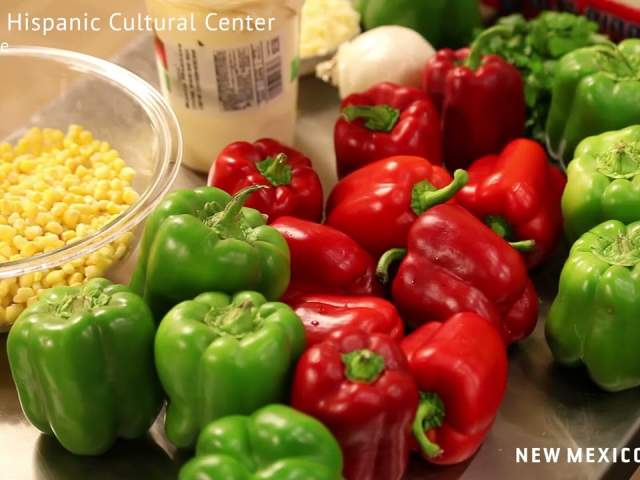
Explore Historic Sites
The Spanish first arrived in New Mexico in 1541. In 1598, the first Spanish colonial settlement, San Juan de los Caballeros, was founded in what is now northern New Mexico. Throughout the area, the Spanish established missions, some with beautiful churches and artwork. In 1706, the Spanish founded Albuquerque, named for the Spanish Duke de Alburquerque. From these historic origins, today Hispanic influence is very much evident in modern New Mexican culture.

Experience Living History
El Rancho de las Golondrinas (The Ranch of the Swallows) is a living history museum located on 200 acres in a rural farming valley just south of Santa Fe and is dedicated to the heritage and culture of Spanish Colonial era in New Mexico. Original colonial buildings on the site date from the early 18th century. In addition, historic buildings from other parts of northern New Mexico have been reconstructed at Las Golondrinas. Special festivals and themed weekends offer its visitors an in-depth look into the celebrations, music, dance, and many other aspects of life during the Spanish Colonial era.

Take A Cooking Class
Learn to cook up classic Hispanic dishes at the Santa Fe School of Cooking. The Santa Fe School of Cooking offers classes several times a week that are entertaining, educational, and, of course, delicious. Among their numerous class offerings are Mexican and Spanish cooking classes where their culinary pupils can learn to prepare Foods of Spain, Cuisines of Mexico, and more. Take this mouthwatering opportunity to experience the richness and variety of Hispanic cuisine.

Discover Hispanic Arts
The Traditional Spanish Market, held on the Santa Fe Plaza, showcases traditional Hispanic art forms and artists. The Spanish Market is organized and produced by the Spanish Colonial Arts Society, which supports Hispanic artists through educational programs, grants, and the production of Spanish Market in July and Winter Spanish Market in December. These two major exhibitions give visitors a unique opportunity to meet some of the best Hispanic artists working in the region today. The Society’s collection of more than 3,500 art objects is housed at the Museum of Spanish Colonial Art in Santa Fe. The collections include Spanish colonial art forms covering four centuries and four continents.

Visit the National Hispanic Cultural Center
The National Hispanic Cultural Center presents and preserves Hispanic culture at the local, state, national, and international levels. Its 16-acre campus is home to an art museum, performing arts complex, education center, history and literary arts building, and several outdoor patios and plazuelas. Throughout the year visitors can enjoy a diverse mix of traditional and contemporary art, music, dance, theatre, book signings, lectures, and family programming. The Center also offers a restaurant and gift



